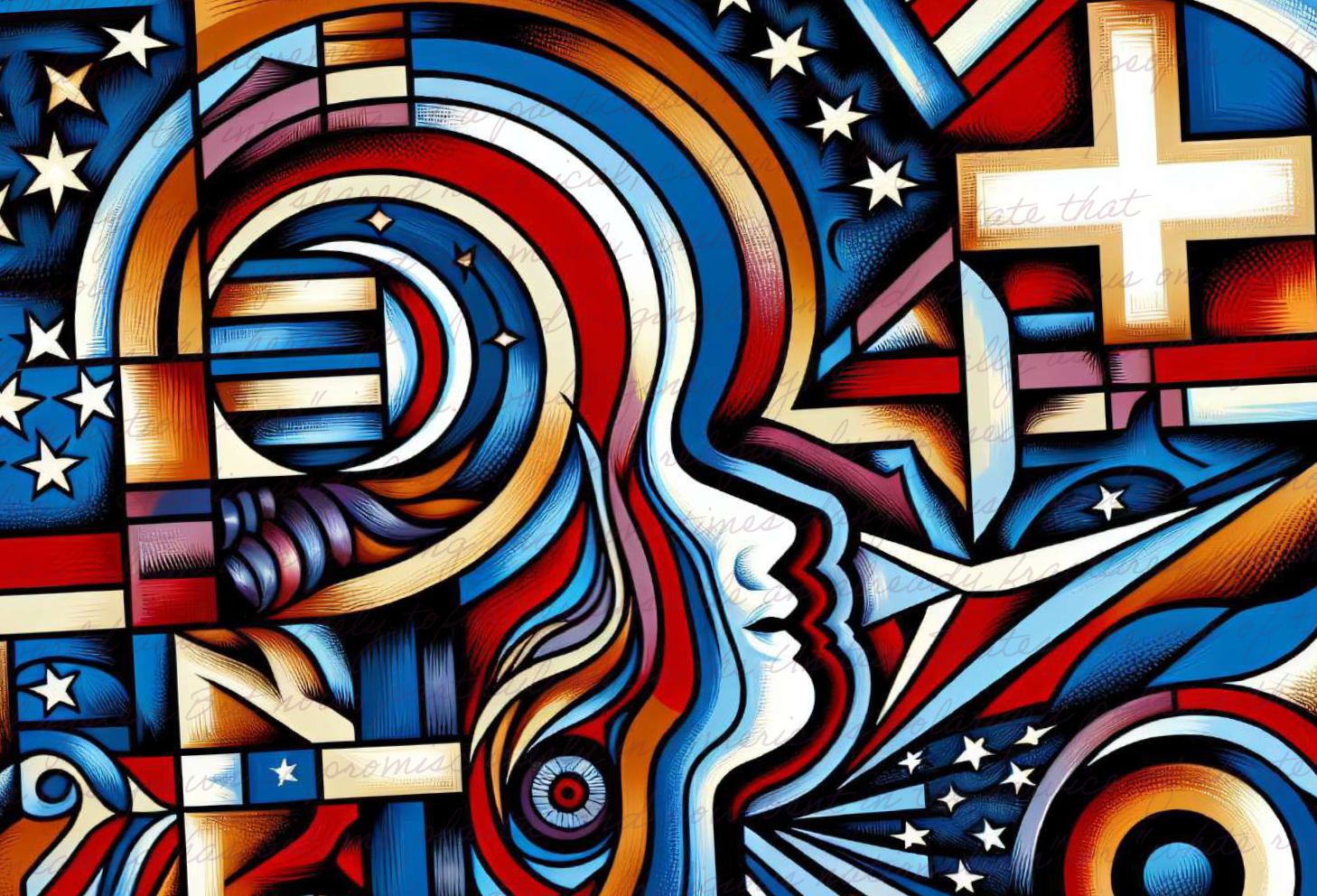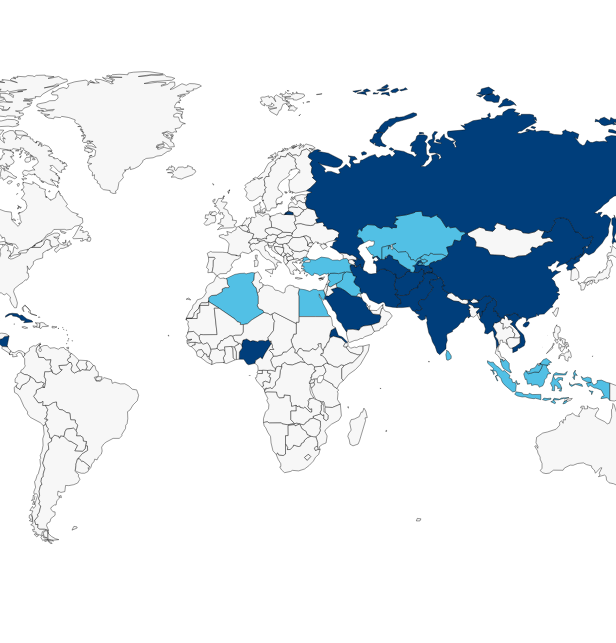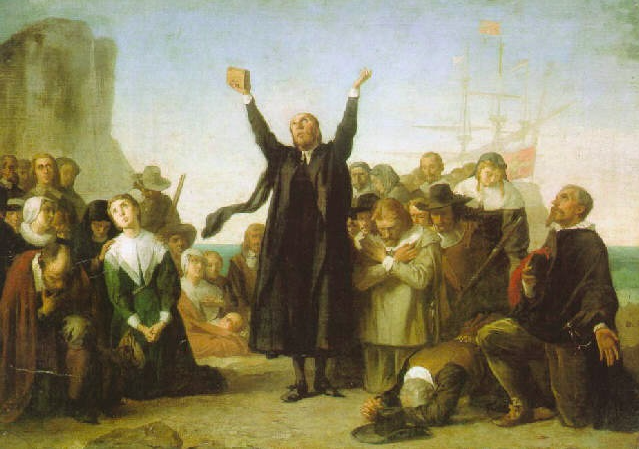By: Allen Hertzke
For some years, I have noticed troubling signs that many liberals are coming to see religious liberty as a conservative cause, not as a fundamental underpinning of a free society.
The Hobby Lobby decision seems to have accelerated that trend. The Washington Post editorialized that the Religious Freedom Restoration Act (RFRA) should be amended to narrow its scope, which some Democratic Senators appear ready to propose, while prominent legal scholars recommend scrapping the law altogether.
On Twitter and in the blogosphere, religious liberty has been depicted as a cover for discrimination—even a reactionary impulse. The most telling response came from Hillary Clinton, who, when asked about the Court’s decision, invoked theocracy and tribalism: “It is a disturbing trend that you see in a lot of societies that are very unstable, anti-democratic, and frankly prone to extremism, where women and women’s bodies are used as the defining and unifying issue to bring together…men…in ways that are disadvantageous to women but which prop up…their religion, their sect, their tribe…”
First, as Hillary Clinton must surely know, the religious communities whose domestic institutions sought an accommodation from the HHS Mandate are among the most vigorous international advocates for girls’ education, maternal health, and women’s empowerment. We see this advocacy not only in the highly-respected work of such large international NGOs as Catholic Relief Services and World Vision, but also in the diverse mission initiatives of Catholic and Evangelical denominations. In societies around the globe, Christians are among the leaders in the fight against female genital mutilation, honor killings, forced marriages, child brides, theocratic repression, and trafficking of vulnerable women and children into slavery and exploitation. It makes no sense to equate a modest religious exemption from mandated contraceptive coverage in health plans with the parlous fate of girls and women around the world.
Second, the reaction against RFRA reflects a serious amnesia about the vigorous and near universal liberal backing for the original legislation in 1993 and for the idea that religious liberty deserves the highest level of protection. Not only did RFRA pass with overwhelming bipartisan support, but it was sponsored by New York Democratic Senator Chuck Schumer and backed by every prominent Democrat. In fact, of the 170 cosponsors in the House, over 70% were Democrats. With rhetorical flourish about preserving the great American heritage of religious liberty, President Bill Clinton enthusiastically signed the law.
The bipartisan consensus flowed from the broad religious alliance backing the legislation. I was in Washington, DC conducting interviews with religious lobbyists at the time and can attest to the breadth of the RFRA coalition. The American Civil Liberties Union lobbied alongside the Traditional Values Coalition, the National Council of Churches with the National Association of Evangelicals, liberal Jews with fundamentalist homeschoolers, Sikhs with Southern Baptists, Mormons with tribal religionists, Muslims with Catholics—all united in their attempt to ensure broad religious freedom protection.
The spark for this campaign, as we know, was the Supreme Court’s 1990 decision in Employment Division v. Smith. The Court’s abandonment of “strict scrutiny” in evaluating religious liberty claims in that case, combined with Justice Scalia’s attack on the requirement that the government show a “compelling interest” when burdening religious exercise, galvanized the entire American religious landscape. Why? Because every religious group, every social ministry, every religious institution could cite instances where the reach of the regulatory state would burden its freedom, conscience, and autonomy.
To grasp why liberals championed RFRA’s compelling interest standard, an earlier case provides a vivid lens. Lyng v. Northwest Indian Cemetery Protective Association, decided just two years before Smith, served as a harbinger of the Court’s move toward a more pinched interpretation of religious free exercise. At issue was a US Forest Service plan to build a six-mile road through Chimney Rock, a sacred land to three tribes in northwestern California. While acknowledging that the road would have devastating effects on their religion and way of life—and that the government failed to show a compelling need to build it—the Court completely ignored its prior standard in finding against the Indian claimants. To protect the tribes in the wake of this decision, Congress responded by designating the area a national wilderness. Clearly liberals then—as now—have powerful reasons to secure expansive religious exercise.
But the hostile reaction to Hobby Lobby suggests another lesson. Those of us who strive to defend the cause—at home and abroad—must do a better job of making the case for religious liberty. No less than protections for speech, assembly, and the press, guarantees of religious freedom protect individual rights, limit government infringements, and anchor civil society—aims central to the grand liberal tradition.
Allen Hertzke is David Ross Boyd Professor of Political Science at the University of Oklahoma and faculty fellow in religious freedom for OU’s Institute for the American Constitutional Heritage.
This piece was originally authored on July 11, 2014 for the Religious Freedom Project at Georgetown’s Berkley Center for Religion, Peace, and World Affairs.
THE RFI BLOG

Myths of Religious Nationalism in America and Abroad

France’s Olympic Hijab Ban Violates International Law And Exacerbates Tensions

RFI Briefs USCIRF on Lessons from 25 Years of U.S. Designating Religious Freedom Violators

Thought Police: Protecting the People from Prayer

A Religious “Delaware”: Establishing a State Haven for Religious Corporations
CORNERSTONE FORUM

Challenges to Religious Freedom in Iraq and the Critical Need for Action

Public Bioethics & the Failure of Expressive Individualism

Religious Liberty in American Higher Education

Scotland’s Kate Forbes and the March of Secularism


